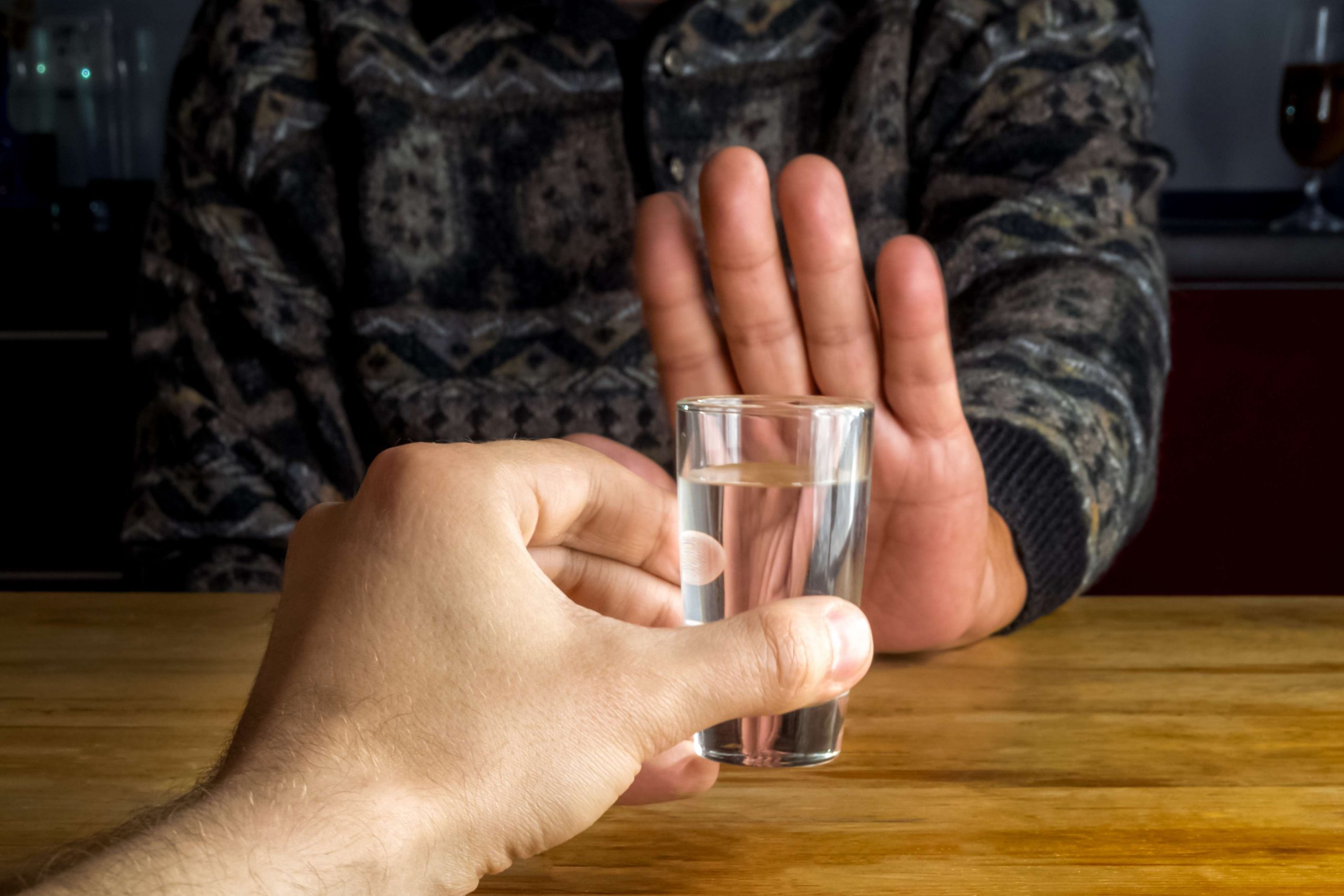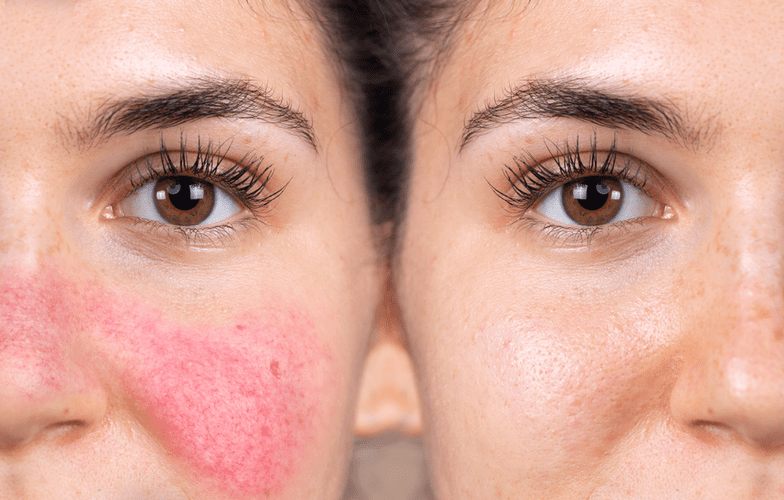An unfortunate side effect of tolerance is that the person may also find less and less pleasure in other activities they enjoyed, such as eating or social events. In dire circumstances, it can contribute to conditions such as heart disease. The substance itself likely has detrimental health effects—such as liver or lung damage, for example—but will also affect the person’s relationships and daily life.
- It is rare to find a nationally recognized substance abuse recovery organization that views addiction as a choice rather than a disease.
- In the end, understanding addiction as a disease isn’t just about changing how we treat those struggling with substance use disorders.
- Nonetheless, akin to the undefined overlap between hazardous use and SUD, the field has not identified the exact thresholds of SUD symptoms above which addiction would be definitively present.
- Remember, it’s common for people to develop a tolerance to pain medication and need higher doses to get the same level of pain relief.
- My claim is that addiction is not a brain disease like the other conditions Leshner cites; it has crucial features that make it different from stroke, schizophrenia, and Alzheimer’s.
Drug addiction (substance use disorder)
According to these attitudes, addiction was simply the result of a person’s moral failing or weakness of character, rather than a “real” disease 3. To promote patient access to treatments, scientists needed to argue that there is a biological basis beneath the challenging behaviors of individuals suffering from addiction. Common symptoms of drug addiction include cravings, loss of control over use, neglect of responsibilities, and social withdrawal. Just like people use medications to prevent chronic diseases from worsening, substance abusers also have some medications that can assist in their treatment. Many of these drugs target the same brain receptors targeted by addictive drugs. Unlike illegal drugs that stimulate brain receptors, most addiction medication suppresses receptor activity to reduce withdrawal symptoms and cravings.
Care at Cleveland Clinic
Severe withdrawal symptoms combined with medical problems could cause life-threatening symptoms requiring emergency treatment. The risk factors for addiction are a combination of amphetamine addiction treatment biological, environmental, and psychological influences that increase an individual’s vulnerability to developing substance use disorders. These factors make it harder to resist the urge to use drugs or alcohol, leading to compulsive behavior and addiction. Environmental and social factors that lead to addiction include peer pressure, family dynamics, socioeconomic status, and childhood trauma, all of which shape an individual’s risk for substance use disorders. Peer pressure, especially during adolescence, encourages experimentation with drugs or alcohol, increasing the likelihood of addiction.
- It involves compulsive behavior with the use of one or more substances regardless of health and social consequences.
- To promote patient access to treatments, scientists needed to argue that there is a biological basis beneath the challenging behaviors of individuals suffering from addiction.
- The addict cannot learn the reward value of the drug, because the system for reward value learning is dysfunctional.
- It may be done by family and friends in consultation with a health care provider or mental health professional such as a licensed alcohol and drug counselor, or directed by an intervention professional.
Trait-Based Model of Recovery Published in Scientific Reports (Nature Portfolio)
Use of hallucinogens can produce different signs and symptoms, depending on the drug. The most common hallucinogens are lysergic acid diethylamide (LSD) and phencyclidine (PCP). Two groups of https://www.leepartners.my/conflict-happens-10-expert-conflict-resolution/ synthetic drugs — synthetic cannabinoids and substituted or synthetic cathinones — are illegal in most states. The effects of these drugs can be dangerous and unpredictable, as there is no quality control and some ingredients may not be known.
What Does It Mean To Have a Substance Abuse Problem?
Patients are more likely to reach and maintain abstinence and institute positive lifestyle changes if clinicians and other healthcare professionals engage in consistent and positive patient encouragement. History and physical examination of individuals with addiction vary depending on the type of addiction, substance ingested, time since ingestion, and route. For example, most forms of alcohol intoxication present with slurred speech, ataxia, and impaired judgment. Depending on the dose and time frame of ingestion, this process can quickly spiral toward CNS depression, coma, and multiorgan failure. This progression applies to ethanol, methanol, isopropanol, and ethylene glycol. 12-step programs like Alcoholics Anonymous (AA) and Narcotics Anonymous (NA) provide a structured, peer-supported approach to addiction recovery.

How to recognize signs of substance use disorder in loved ones
Ascend Pathways is transforming career development for individuals in substance use recovery with a… Outpatient counseling can help people understand addiction, their triggers, and their reasons for using drugs. This form of treatment can be done at a doctor’s office or via telehealth appointment. But with continued use, a person’s ability to exert self-control can become seriously impaired. Before making any decisions about substance use and addiction treatment for your child, take time to understand the options available. Even when they are willing to consider it, it’s not uncommon for them to still feel unsure or say no.
The Root Causes: A Perfect Storm of Factors
- The primary figures on this side are behavioral scientists, and their belief is based on the idea that any activity capable of stimulating a person for pleasure or stress release holds a risk for addiction.
- Addiction doesn’t just involve habits or poor decisions—it involves complex neurological changes that influence how the brain processes pleasure and decision-making.
- Some people argue that it is a personal choice, and therefore anyone who is addicted to a substance has ended up there because of the lack of self-discipline or morality.
- Rather, the brain changes of addiction reflect the normal plasticity processes of the brain, its every-day capacity to change in response to experience, the basis of all learning.
This encourages them to further abuse the drug, and as this is happening, the individual’s brain will also be rewiring itself to desire more. Proponents of this argument say that addiction is not transmissible or contagious, autoimmune, hereditary, or degenerative. Others argue that since the person had made the original decision to take the drug, addiction is a self-acquired condition.

In 2018, opioids played a role in about two-thirds of all drug overdose deaths. To diagnose addiction, your healthcare provider may refer you to a psychiatrist, psychologist or drug and alcohol counselor. Your provider what is drug addiction will ask you (and possibly your loved ones) questions about your patterns of substance use or problematic behaviors. These data suggest that commonly used diagnostic criteria alone are simply over-inclusive for a reliable, clinically meaningful diagnosis of addiction.

Stress, trauma, poverty, and even social influences can all increase a person’s susceptibility to addiction. It’s a complex interplay of nature and nurture, where our genes load the gun, but our environment pulls the trigger. Picture your brain as a bustling city, with neurotransmitters acting as the messengers zipping along neural highways.